
Introduction to Sewing Patterns
If you love to sew and want to create your own unique clothing items, learning how to use sewing patterns is essential. Sewing patterns are template guides that help you cut and sew fabric to create garments. They provide measurements, layout diagrams, and easy step-by-step instructions to bring your sewing projects to life.
Choosing the Right Pattern
When selecting a clothing pattern, consider the style, level of difficulty, and size range. Whether you’re a beginner or an experienced seamstress, there is a wide variety of patterns available, ranging from simple tops and skirts to intricate dresses and jackets. Make sure to choose a pattern suitable for your skill level to ensure successful results.
Types of Patterns
Sewing patterns come in different formats:
- Commercial patterns: These patterns are created by professional pattern companies and are widely available in fabric stores and online. They offer a wide range of styles and sizes.
- Indie patterns: Independent pattern designers create these patterns, often with unique and trendy designs. They can be purchased online or directly from the designer’s website.
- Drafting your own: Advanced sewists can learn how to create their own patterns by manipulating basic pattern blocks to achieve custom-fit garments.
Using a Sewing Pattern
Once you have chosen your preferred pattern, follow these steps:
- Study the instructions: Carefully read through the pattern instructions to familiarize yourself with the steps involved.
- Take measurements: Accurate body measurements are crucial for achieving a proper fit. Follow the pattern’s measurement guide and adjust according to your unique measurements.
- Prepare your fabric: Choose a suitable fabric based on the pattern recommendations. Pre-wash and press the fabric before cutting.
- Cutting: Lay out the pattern pieces on your fabric, ensuring you follow the designated grainline and cutting layout instructions.
- Sewing: Pin the pattern pieces together according to the instructions and sew following the indicated seam allowances. Press the seams for a professional finish.
- Finishing touches: Hemming, adding buttons, zippers, or embellishments may be required depending on the pattern. Follow the instructions to complete your garment.
Online Resources and Communities
There are plenty of online resources available to help you learn more about sewing patterns:
- Visit Craftsy or Seamwork for a variety of downloadable patterns and online sewing classes.
- Explore sewing blogs such as Tilly and the Buttons or Colette Patterns Blog for inspiration and tutorials.
- Join sewing communities on social media platforms like Instagram and Facebook to connect with fellow sewing enthusiasts and gain valuable insights.
Conclusion
With a wide range of clothing patterns available, sewing allows you to express your creativity and create garments tailored to your personal style. Experiment with different patterns, fabrics, and techniques to develop your sewing skills and build a unique handmade wardrobe.
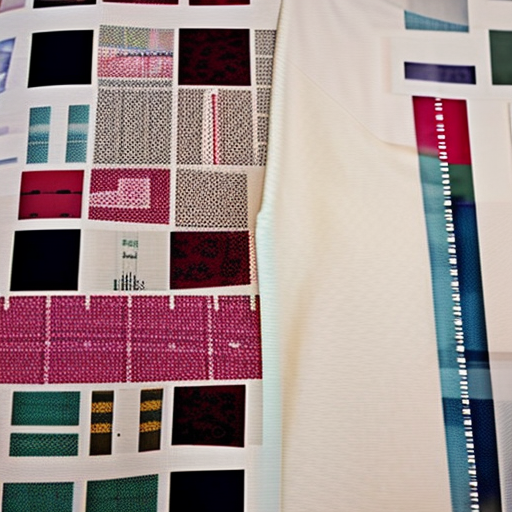
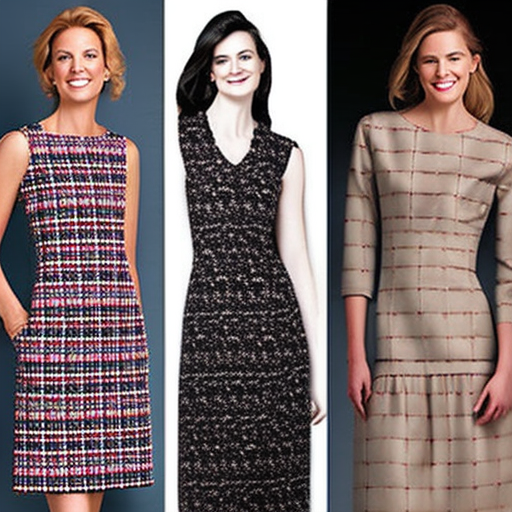
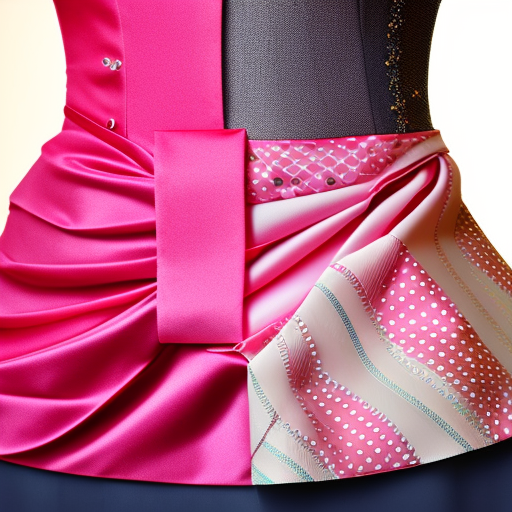
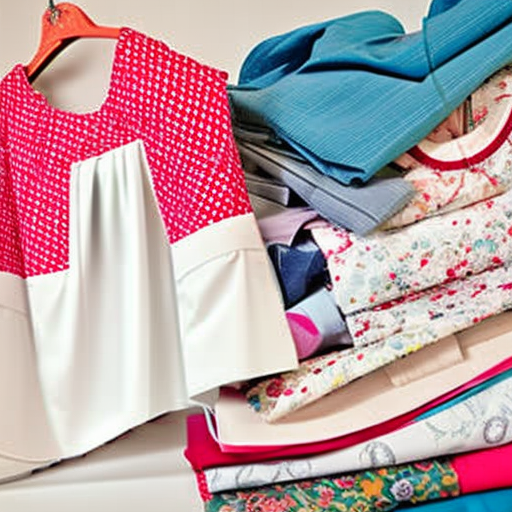
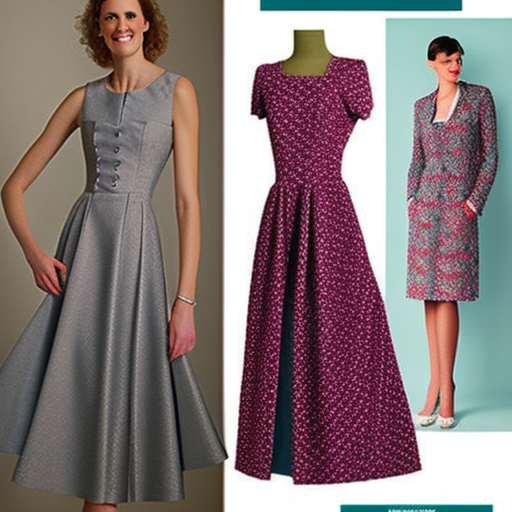
Love this roundup of ideas! #sewinginstyle #seeddedesigns
Great resource for anyone looking to learn more about sewing! #sewingtutorials #DIY
Awesome post for all levels of sewers! So many wonderful patterns to try! #FabricLove #SewersUnite
So helpful for anyone learning to sew or needing sewing project ideas! #FabricProjects #sewersparadise
Incredible! I’ve been looking for something like this, thank you! #dressmakingacomplished rn
This post is perfect for anyone looking to expand their skills and be creative with sewing! #SewMuchFun #PatternsAndDesigns
Incredible post! There’s something here for everyone! #sewingrookie #sewingjourney #noplanetosmall #sidetoside